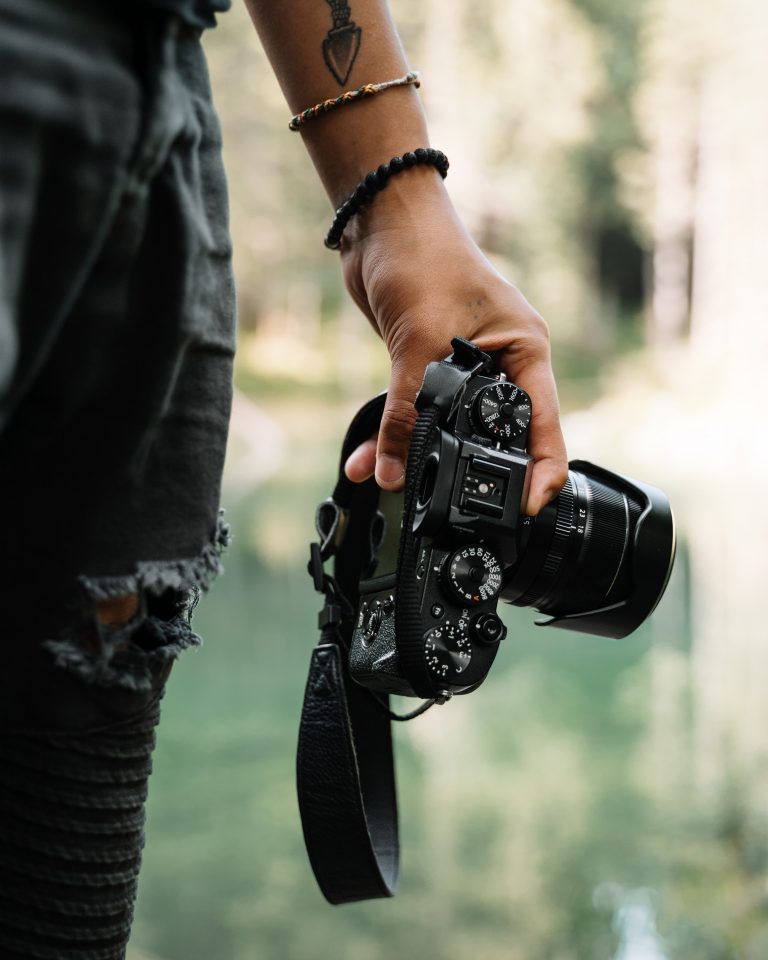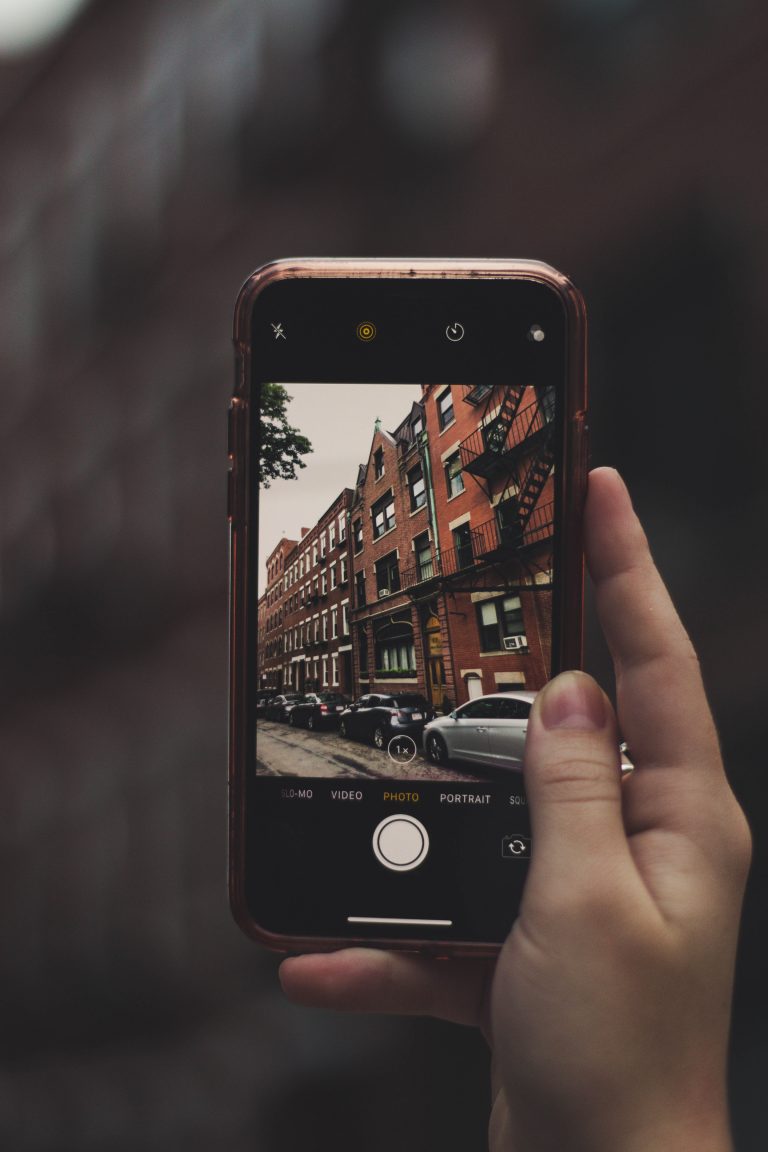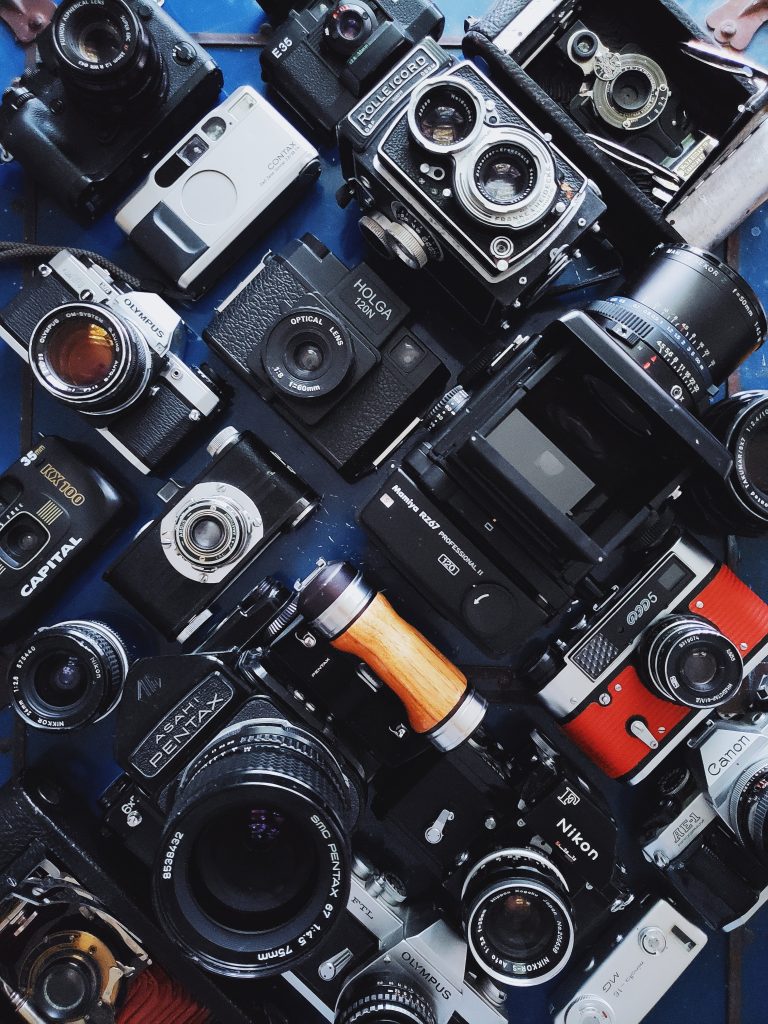Nowadays, a camera is no longer a device only for professional photographers. There are many different kinds of cameras on the market to satisfy the needs of the photographer, whether they are a seasoned professional or a passionate beginner. That’s why, in today’s interview, I’ve decided to give you a closer look at how to choose the right camera for whatever you need it for.
I talked to Peter Ľahký, a representative of PRO.Laika, about choosing new equipment. Peter has been helping people choose their ideal camera for several years now. The interview is about the topics and questions that most often bother people before buying a camera. Choosing a camera is a vast topic that can hardly be covered all in one article, so I hope it will help you in your choice at least a little bit.
So let’s get the conversation started!
HOW TO CHOOSE A CAMERA - THE INTERVIEW
– Hi Peťo! Tell us a bit about yourself to start
– Hi! My name is Peter Ľahký. I’m primarily a video maker and I dabble a bit in photography as well. I’ve been freelancing for a long time, but for the last more than two years I’ve also been working for PRO.laika as a video specialist. Everyone in the photo and video industry in Slovakia knows what it’s all about, as the company has been on the market for 28 years. We have the biggest brick-and-mortar store in Slovakia and a pretty decent online store.
– I know that the topic of how to choose a camera is very broad. In your opinion, what is the main thing that should be taken into consideration by a person who is thinking about buying a new camera?
– First of all, he should clarify the purpose for which he is buying the camera and the requirements he will have for it. This will determine the further choice of technology.
– If we compare this with the past, nowadays a camera is already quite an affordable thing even for the general public. Do you think that a camera only serves professionals? How do you even realize that you need to buy a camera and a mobile phone is no longer enough?
– It’s certainly not just for professionals. Even in today’s mobile world, cameras have their place. For the pro, it’s easy. It’s his work tool that he can’t do without. By professional, I now mean people who make a living out of photography.
We often see high quality results from photographers who don’t take photos for a living. Sometimes on more affordable equipment, but often on top models that no pro would be ashamed of. Photography is a beautiful, creative and diverse hobby. For many people it is a true passion.
I think you have to try new things and base it on need. If you shoot on a cell phone and the output quality or control isn’t enough for you, you need to reach for a camera. After all, mobile power is limited and they still can’t do a lot of things yet. In practice, I advise people that if they have outgrown their device and it is starting to limit them, it’s time to upgrade to something better.
– I completely agree. I often hear people’s opinion like “I’ll buy a pro camera and take better pictures”. But in my opinion, it’s not that simple at all.
– Yes. Sometimes what happens is that a person shoots with a cell phone on auto mode, which helps quite a bit nowadays, and thinks that if they switch to a quality camera, they’ll suddenly take better photos. But if he doesn’t know how to operate the camera and its manual settings, he may end up taking even worse photos than on his mobile. The photographer takes the pictures, not the technology.
– Do you think that someday the development of mobile phones and their sensors will overtake cameras?
– Mobile phones are already outpacing cameras in some ways. With the size of the sensors they have and the power of the processors and the amount of information they can process and the development of artificial intelligence. But you also have to understand what limitations they have. The size of the sensor, the optics, and for example the telephoto lens that is still in use on a phone can’t have the same quality as the telephoto lens on a camera. A lot of things a phone still can’t do, although sometimes that result is sufficient. Especially if those photos go on social networks, for example.
I do think that the mobile phone will be able to change the bottom segment of cameras in the future, just because of its lightness and intelligent automation. Maybe there will be some ultra-rugged cameras left, like the Olympus TG-6, which are also waterproof and abrasion-resistant. Apart from that, I think professional cameras will also survive, because a professional photographer needs constant camera performance and he needs to be able to set manual parameters.
But I also think that in the future something as ground breaking as the digital cameras that once replaced the manual ones will come along. The trend is there, every year that technology evolves more and more. Who knows, maybe in some time holograms or something else will come on the scene that will amaze and excite the general public again.


BASIC TYPES AND KINDS OF CAMERAS
– Now let’s get back to choosing a camera. What are the basic types and kinds of cameras?
– Of course, the range is incredibly wide today. Every single brand has something that makes it worth looking for. Again, it depends on what you need or want to do with the camera. There are basically two basic categories of cameras: 1. with interchangeable lenses and 2. without interchangeable lenses. The second ones are also called compact cameras. Compacts are further sub-categorized variously from cheap soapboxes, to ultra-zooms with huge zooms and rugged cameras, to professional compacts like the Fujifilm X100V or Sony RX1. The former category is divided into DSLRs and “mirrorless” cameras. The development is currently moving in the direction of mirrorless cameras. They offer us the most possibilities for further development in photography.
– Nikon or Canon is no longer a question because there are other good players on the market. What do you think are the current trends in the world of photography today?
– Canon and Nikon are two huge companies that had their boom when SLR cameras had their boom. They are actually the only two big brands that still offer DSLRs. But they’ve also been adding mirrorless cameras to their offerings. All the other big chains, such as the likes of Fuji and Sony have now completely switched to mirrorless cameras.
When choosing a brand, it is always important to be aware of what one needs. Each of the brands can offer something different. Fuji for example are very stylish, have good JPEGs, good colour profiles, interesting native optics for not too much money. Sony was the king of mirrorless cameras for many years. A lot of film is shot on Sony. Their technique has excellent autofocus and focusing on the eye. Canon and Nikon have also released very good models: the Canon R5 and R6, the Nikon Z6 and Z7. Panasonic and Olympus also make very good models and even share a common bayonet

CAMERA PARAMETERS
– What are the most important parameters to look at when choosing a camera?
– First of all, we have to choose whether we want a compact that is small, nimble, often very powerful, but still limited by a lens that we can’t replace. Often, however, if we choose it correctly, we will fully cover the photographer’s requirements. In this case, the lens, its range of focus (zoom) and also its aperture must be taken into account. Of course, the size of the sensor also plays a big role. And then the other characteristics that suit our needs.
If we opt for those with an interchangeable lens, first of all we look at the body. The basic parameter will be the size of the sensor. This depends on what genres we will be using the camera for and what our requirements are. For example, if we want a camera for sports, nature, reportage and travel that will be small and nimble, we should think about a 4/3″ sensor. If portraits are our goal and we have the ability to pay more, we’ll probably go the full-frame route. For the undecided, the golden middle ground – an APS-C sensor – is probably the best choice. In general, the bigger the sensor, the bigger the pixel. This then also means better noise management in more difficult lighting conditions. However, this is a more expensive solution. In addition, a large sensor also needs to be properly fed. A quality light lens will never be small.
What I definitely don’t think you need to look at is megapixels. I know a lot of people are used to looking at them and sometimes make their decisions based on them. But unless you’re pushing a large format print that you’re going to be looking at up close, you don’t need 40 megapixels.

– Would you recommend choosing a mirrorless camera rather than a DSLR and why?
– Depending on taste. Although I think it makes more sense to reach for a mirrorless camera these days. I would only choose a DSLR camera if you know for sure why you want the mirror there. I understand the optical viewfinder arguments with some professionals. But in the vast majority of cases, mirrorless wins today.
– What accessories does one need for a camera?
– A memory card and a batteries. You can’t do without that. It’s also a good idea to buy cleaning kit, a bag/backpack and a protective filter for the equipment right away. Everything else depends on what and how you are going to shoot. Of course the basics are extra lenses, tripod, flash/light, strap, etc.
– Do you recommend a fixed focal length lens or a zoom focal length lens? Which is good for what purposes?
– First the focal length. For reportage photography more of a zoom and for portraiture more of a fixed glass. However, you can shoot excellent reportage with a fixed 35 and you can also take a nice portrait with a light zoom. It depends on what suits you better, but optics of course have their advantages and limitations that need to be taken into account when choosing them.
– How do photo shops operate during a pandemic? When a person wants to try out a technique before buying or get advice on something, how do you handle it?
– At the moment, unfortunately, our beautiful shop in the centre of Bratislava only works as a dispensing point for the eshop. However, we are happy to give advice online, either by email or over the phone. We can also say a few words in person, but unfortunately there is no room for long explanations with the current arrangements.
– What is your “best camera”? 🙂
– My best is actually more of a video camera – Panasonic Lumix GH5. It’s a timeless mirrorless camera focused on video. It covers 90% of my needs and it’s my love. 🙂 At the moment, I’d rather buy some interesting lenses. But if I have to say body, I would personally opt for a small pro compact rather. Fujifilm x100V for example.
If you still can’t decide what camera to choose, I’d recommend to think about the purpose you want to use it most often in the first place. And only then try to consult a more experienced photographer (feel free to consult me) or straight with the specialists from the store.
I also recommend buying photo equipment in a specialty store (like PRO.laika) rather than in big TECH chains that sell other things besides photo and video. That way you can always ask for expert advice. The people in these shops know much more information not only from the technical but also from the practical side of using the equipment.
If you liked this article, I will be happy if you share it among your friends on social networks. You can also let me know if you like similar articles so I know whether to continue them. If you’ve decided to become a budding photographer, don’t forget the importance of personal branding and book a shoot with me



